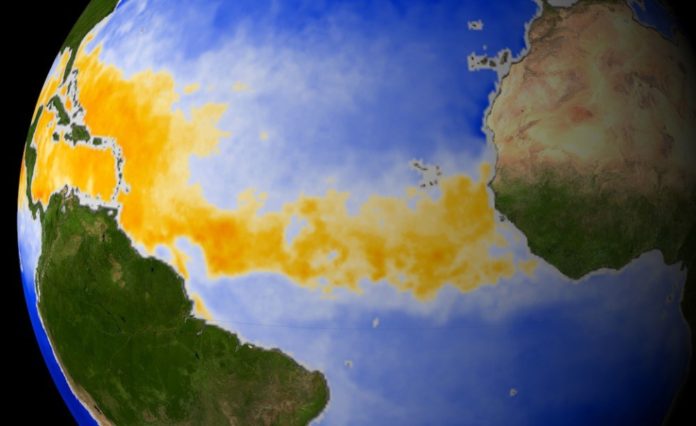We have all heard the term “climate change” thrown around in news stories, at get-togethers and dinner tables, by politicians, and everywhere else you could imagine. Climate change has become heavily politicized here in the United States, causing many millions of Americans to refuse to even begin to entertain the possibility of the environmental process being legitimate.
Thanks to this aforementioned politicization of climate change in the United States, even though the country is one of the most well-developed on the planet, more Americans refuse to believe in concept than in every single other country out there.
Despite the commonality of the phrase in modern conversations and one-sided dialogues, many people don’t actually know what climate change is. This isn’t a full-fledged explanation of the idea, but it will help you understand the barebones basics of what to think when you hear the term thrown around in contemporary usage.
It is, in fact, true that the Earth’s global climate has shifted over its history in a predictable, cyclical form. Scientists know this by having looked at dozens of criteria and indicators buried under the Earth’s surface as artifacts. What’s so bad about contemporary climate change is that it’s changing far more rapidly than ever before. What’s even worse is that humans are unarguably, according to the massive amount of tried-and-true research that’s been carried out, responsible for it.
Without going into detail about the countless reliable indicators that are used to gauge the current status of the environment and how it stacks up to environmental conditions of the past, just know that there are many.
One of the current effects of human-accelerated climate change is the alteration of countless ecosystems’ contents and constituents around the world. One of the most prominent of these major alterations is the rapid decrease of birds living throughout North America in recent decades.
According to a study recently published by Science, one of the most widely-trusted scientific academic journals out there, some one-fourth of all birds that lived throughout North America just 50 years ago have since disappeared. In numerical terms, this is a overall population decrease to the tune of some three billion birds.
The aforementioned study utilized data collected for 529 unique species of birds throughout the continent starting in 1970.
Cornell University’s Ken Rosenberg was the lead researcher of the study.






